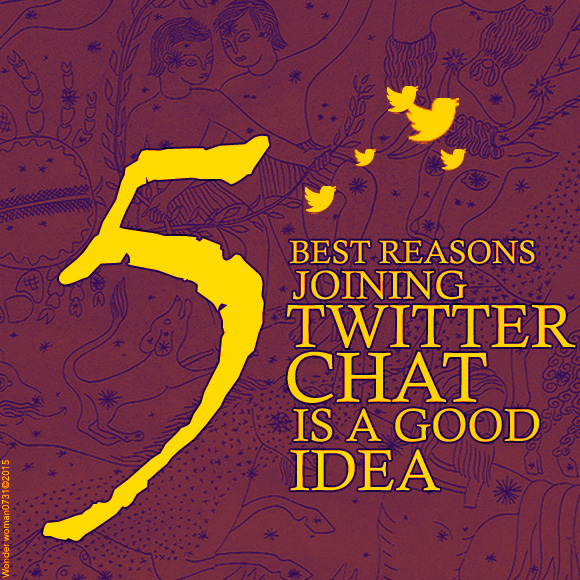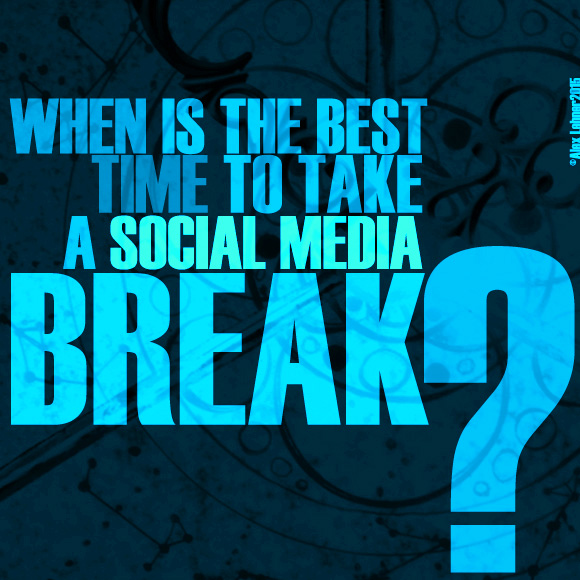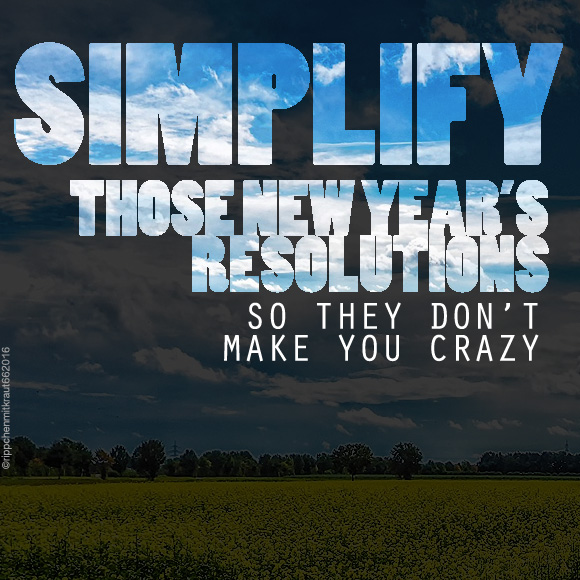
Productivity: How to Manage Tasks & Improvement. Image by Nicolae Baltatescu from Pixabay
The Topic for #DigiBlogChat on February 1, 2022 is Productivity: How to Manage Tasks & Improvement? @LazBlazter suggested the topic and I prepared the questions.
Join us on Twitter each Tuesday at 1:00 p.m. PST for #DigiBlogChat. My partner for these chats is @LazBlazter. If you need to know how to participate, click here: How to Join #DigiBlogChat.
Here are the questions for our chat:
Q1. How do you keep track of everyday tasks?
Q2. Describe your work journal or running to-do list, if you have one.
Q3. How likely are tasks to get done if you don’t write them down?
Q4. What ways do you have of measuring your own improvement?
Q5. For those who work solo, what best methods do you have for motivating yourself?
Q6. If you focus on your strengths while at work, what do you do about those areas needing improvement?
Q7. What organizational system would you like to use if you’re not using it already?
Q8. When are you able to multitask if that’s ever a possibility?
Q9. What ways would you recommend to others for tracking their self-improvement goals?
Q10. What personal development strategies work for you?















Follow Carol!